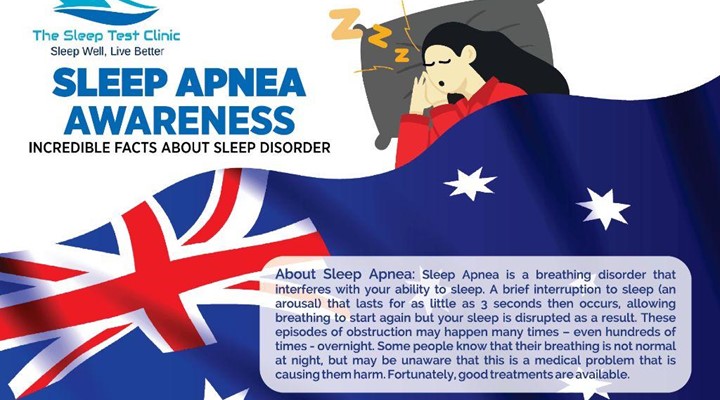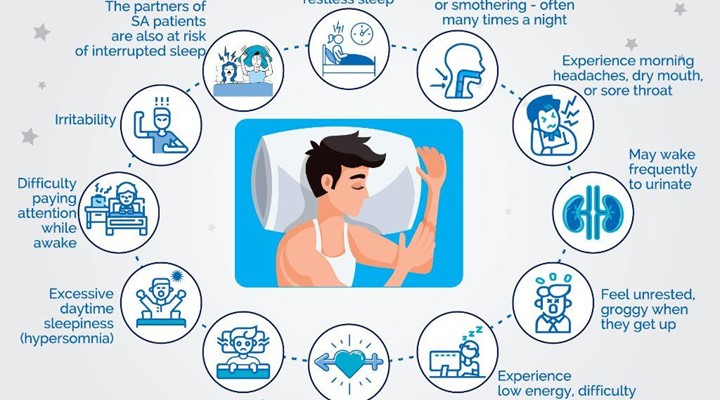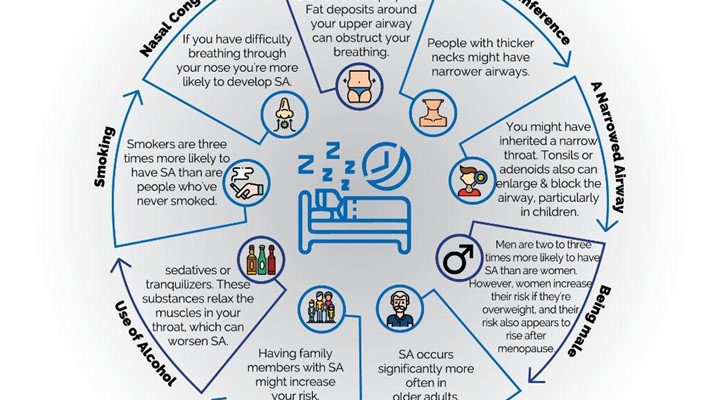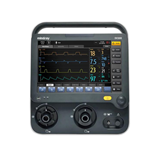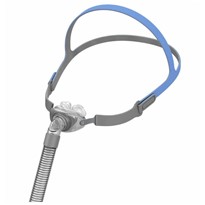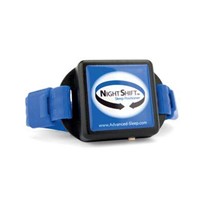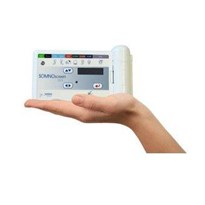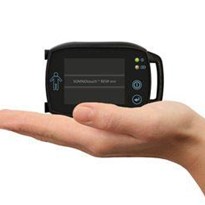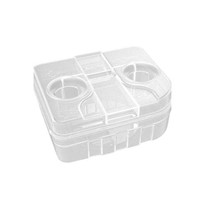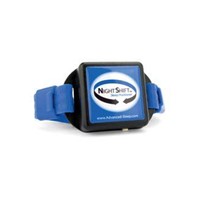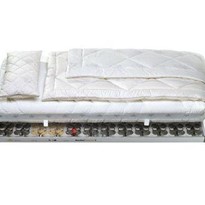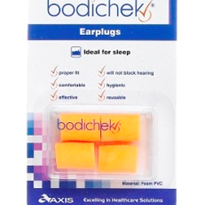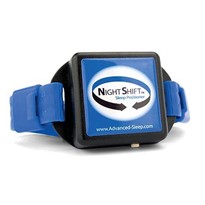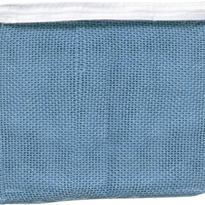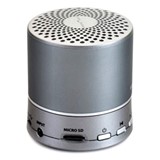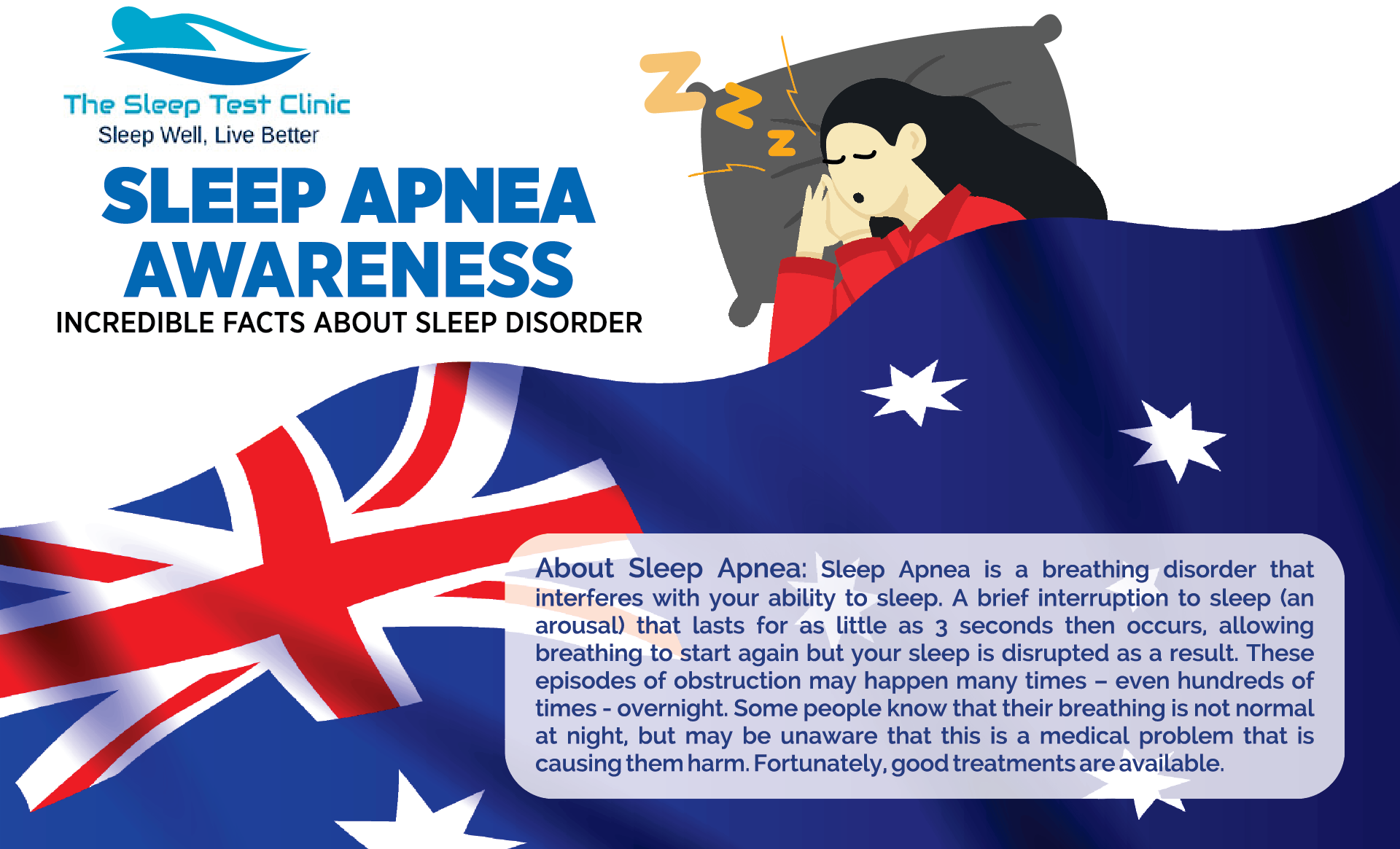
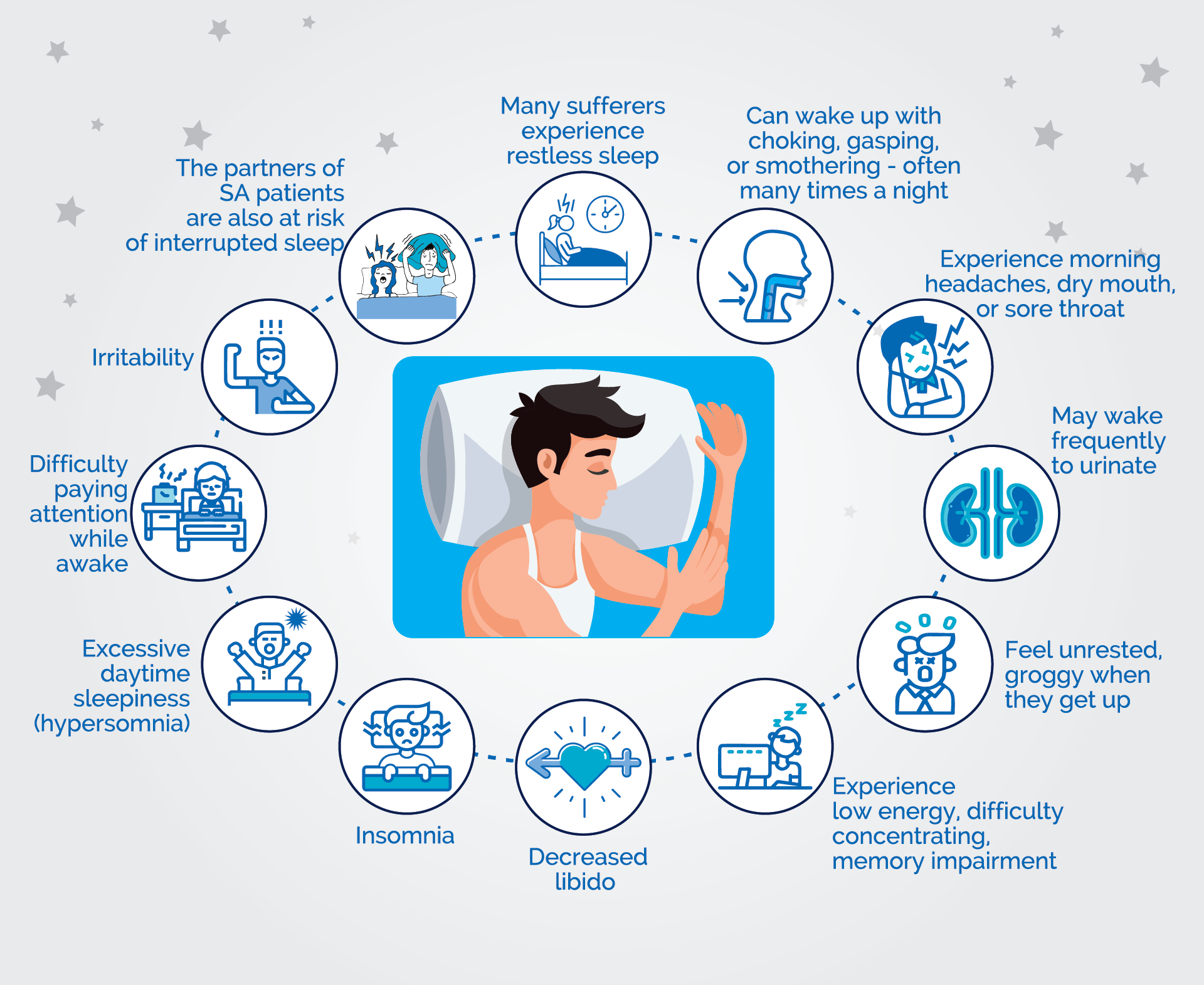
RISK FACTORS

HOW TO GET DIAGNOSED
THE STOPBANG TEST
S – Snoring
Sleep apnea sufferers don’t always snore, but snoring is a good indicator and patients should seek advice.
T – Tired
Sufferers often waken feeling fatigued and sleepy. They may also fall asleep during the day, maybe when driving or talking to others.
O – Observed
Quite often the partners of a sufferer may observe the patient stopping breathing or spluttering while they are asleep.
P – Pressure
Hypertension or elevated blood pressure can be caused by sleep apnea. Your cardiologist may need to be consulted.
B – Body
People with a body mass index (BMI) of over 35Kg/m2 are at higher risk of developing sleep apnea.
A – Age
The risks of developing sleep apnea increase after age 50.
N – Neck
People with a large neck circumference of over 40cm are at a higher risk of developing sleep apnea.
G – Gender
Men are at a significantly higher risk of developing sleep apnea, although after age 70, the gender factor is less significant.
THE EPWORTH SLEEPINESS SCALE
The Epworth Sleepiness Test is used to measure “daytime sleepiness".
It is a short questionnaire that asks a subject to rate various situations and the subjects probability of falling asleep. This questionnaire is used as part of a screening process and will for the most part require further diagnosis.


